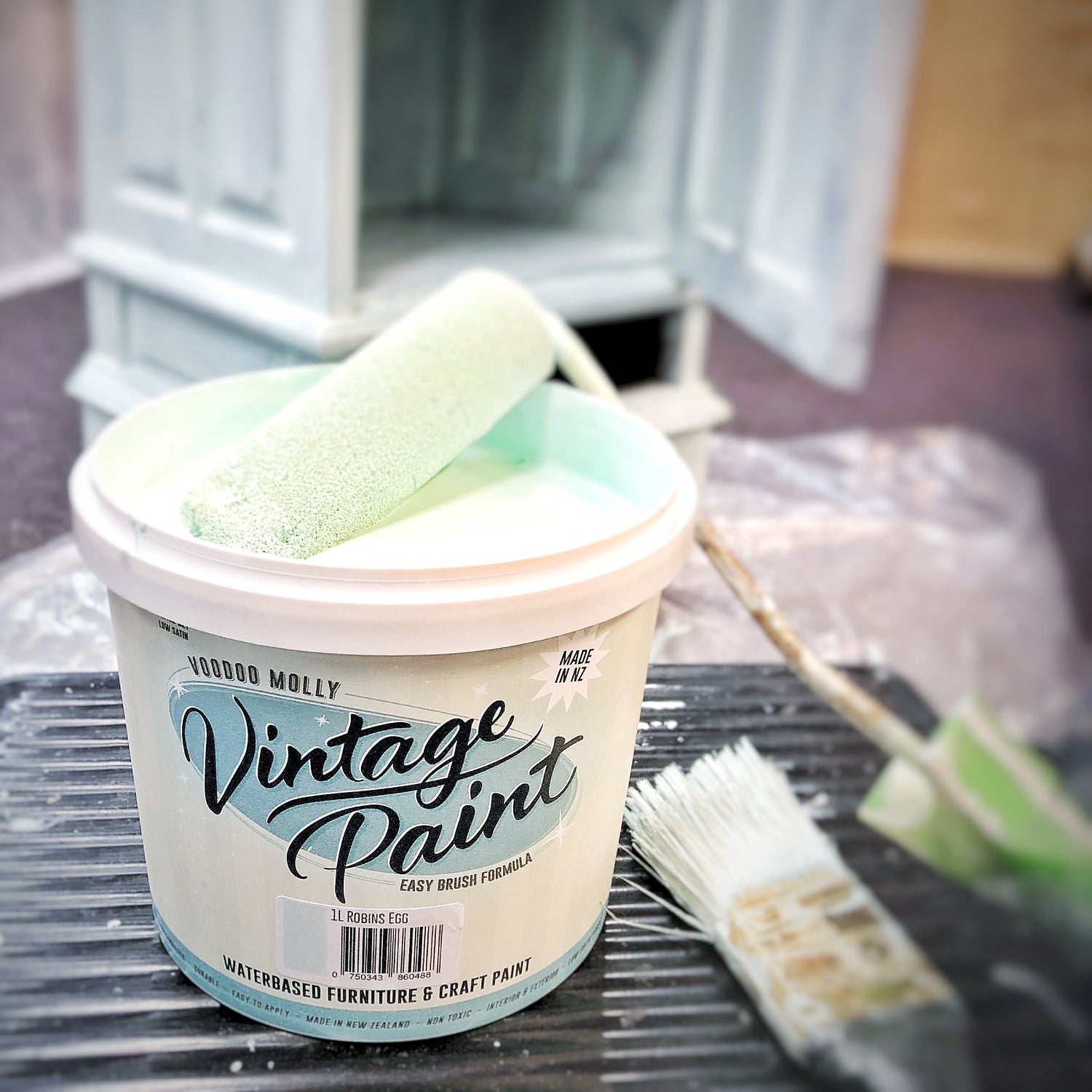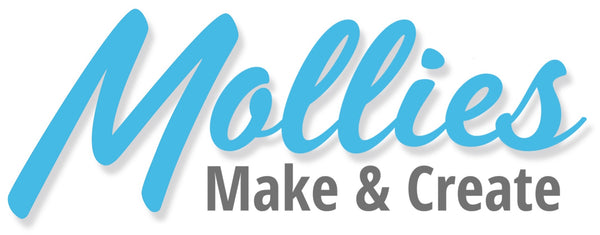Sewing is a timeless craft that has been practiced for thousands of years. It is a creative outlet that allows individuals to express themselves while also creating practical items that serve a purpose. One essential component of sewing is the thread used to stitch fabrics together. There are various types of threads available in the market, but in this blog post, we will be focusing on linen sewing threads.
Linen sewing thread is a popular choice for sewing enthusiasts because it is made from flax fibers. Flax is a plant that is known for its strong and durable fibers, which makes it ideal for creating threads. Linen sewing thread comes in various thicknesses, ranging from very thin to very thick. The thickness of the thread depends on the intended use of the finished product.
One of the most significant advantages of linen sewing thread is its strength. It is a highly durable thread that can withstand a lot of wear and tear. This makes it an ideal choice for sewing heavy fabrics such as denim or canvas. Linen thread is also heat-resistant, making it perfect for sewing items that will be exposed to high temperatures, such as oven mitts or pot holders.
Another advantage of linen thread is that it is resistant to mildew and rot. This makes it an excellent choice for outdoor projects such as patio furniture covers or outdoor cushions. Unlike other threads that may break down over time when exposed to moisture, linen thread remains strong and durable.
However, linen thread does have its downsides. One of the biggest disadvantages of linen thread is that it can be quite expensive compared to other types of threads. This is because the production process for linen thread is quite labor-intensive, which drives up the cost. Additionally, linen thread can be challenging to work with for beginners because it has a tendency to twist and tangle easily. It requires a bit of practice and patience to work with this type of thread.
There are two main types of linen thread: wet-spun and dry-spun. Wet-spun linen thread is made by soaking the flax fibers in water to soften them before they are spun into thread. This process produces a smooth, even thread that is ideal for hand sewing. Dry-spun linen thread, on the other hand, is made by spinning the flax fibers while they are still dry. This process produces a slightly rougher thread that is better suited for machine sewing.
Wet-spun linen thread is typically used for hand-sewing projects such as embroidery or hemming. It is a smooth, even thread that glides easily through fabric, making it perfect for intricate stitching. Dry-spun linen thread, on the other hand, is ideal for machine sewing projects such as sewing denim or canvas. It is a stronger thread that can withstand the tension of a sewing machine.
Here are some of the most common types of linen threads:
-
Hand-Quilting Thread: This is a strong and sturdy thread used for hand quilting. It is thicker than regular sewing thread, which makes it more visible and gives the quilting stitches a distinctive look. Pros: Strong, visible, and long-lasting. Cons: May not work well for fine or delicate fabrics.
-
Buttonhole Thread: As the name suggests, this type of linen thread is used for making buttonholes. It is thicker and stronger than regular sewing thread, which makes it ideal for reinforcing the areas around buttonholes. Pros: Strong and durable. Cons: May be too thick for some fabrics.
-
Upholstery Thread: This is a heavy-duty thread used for upholstery projects, such as repairing furniture or making cushions. It is strong and durable enough to withstand the wear and tear of everyday use. Pros: Strong, durable, and long-lasting. Cons: May be too thick for some fabrics.
-
Hand-Sewing Thread: This is a versatile thread used for hand sewing a variety of fabrics, bookbinding and leathercraft, from lightweight to heavy materials. It is available in a range of thicknesses, so you can choose the right thread for your project. Pros: Versatile and easy to work with. Cons: May not be as strong as other types of linen thread.
-
Embroidery Thread: This type of linen thread is used for embroidery projects. It is available in a range of colours and thicknesses, so you can choose the right thread for your project. Pros: Bright and colourful. Cons: May not be as strong as other types of linen thread.
In conclusion, linen sewing thread is an excellent choice for sewing projects that require strength and durability. It is ideal for heavy fabrics and outdoor projects, and it comes in a range of colours to suit any project. While it can be expensive and challenging to work with, the end result is worth the effort. Whether you are a seasoned sewing pro or just starting, linen thread is a versatile and reliable choice that will help you create beautiful, long-lasting items. So go ahead, get your linen thread out, and start sewing up a storm!


